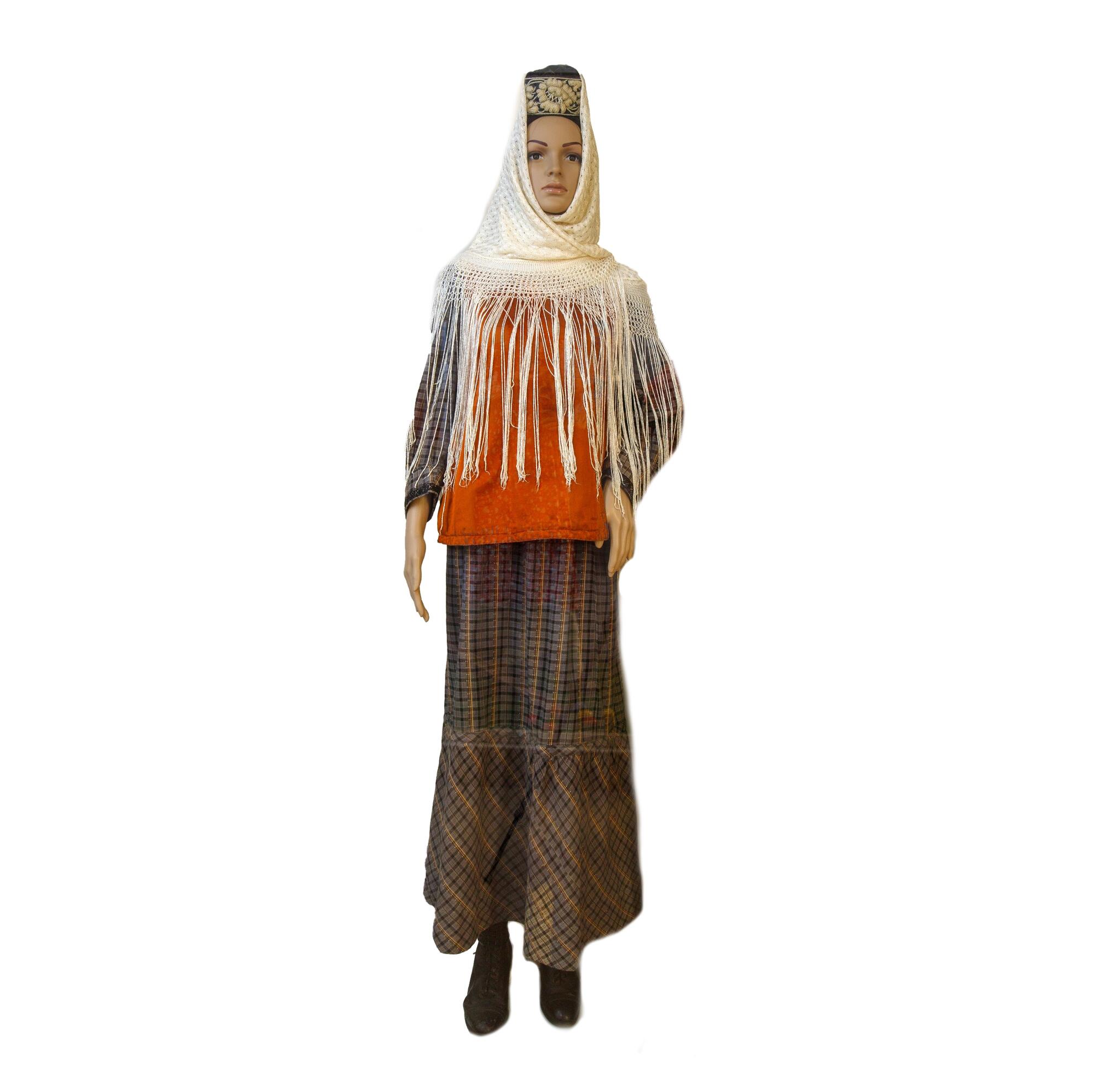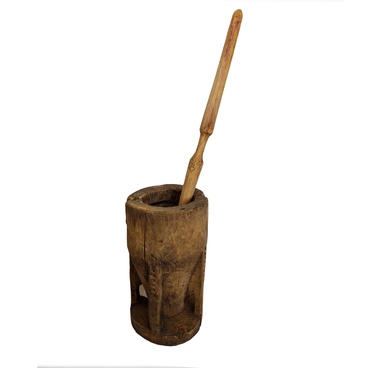The Mishar Tatars, a sub-ethnos of the Tatars of the Middle Volga and Ural regions, live on the territory of Mordovia. Their ancestors in the pre-Mongol period settled along the banks of the Volga, then moved to the Sura river basin, between the Tsna and Moksha rivers. During the period of the Golden Horde, several settlements were formed here. The most famous of which was the nomad camp Mokhshy. After the collapse of the Golden Horde state, several independent principalities emerged on the lands of the Mishars, which from the end of the 15th century began to come under Russian authority. The authorities granted the Tatars who served the state with estates and land.
Geographically, most of the Mishar Tatars are settled in Temnikovsky, Insarsky, Lyambirsky, Romodanovsky, Ruzaevsky districts of the Republic of Mordovia, as well as in Saransk. The traditional occupations of the local population in the old days were farming and cattle breeding, in particular horse breeding. Sheep, chickens and geese were kept in large numbers. Trading and mediation, weaving, felt boots production were developed.
The traditional men’s clothing of the Tatars was a “kulmek” shirt and “chalbar” trousers. Women’s costume included a “kulmek” shirt made of a coarse colored cotton fabric or chintz, a “kukrekche” bib, which was worn under the shirt, and “yshtan” pants. At the end of the 19th century, loose dresses made of chintz or silk with long sleeves and fluffy frills along the hem came into fashion. A sleeveless jacket “camisole” with a fitted back and a large wrap was worn over the dress.
Men wore headpieces “capach” on their heads, and women, depending on the region, covered their heads with a “yaulyk” scarf or a “tastar” towel-like bedspread with embroidered ends. At the beginning of the 20th century, openwork viscose silk shawls with long tassels came into fashion. They were thrown over a small elegant velvet “kalfak” hat, embroidered with pearls, corals or gold.
Among the Tatars, especially the Volga-Ural ones, the traditional costume was out of everyday use quite early. This was due to early urbanization and the introduction of the people to European culture. The Tatars often supplemented the European costume with traditional elements. For example, men with a three-piece suit wore special headdress. Women wore camisoles over city dresses, and “kalfaks” on their heads, over which they draped a shawl.
Geographically, most of the Mishar Tatars are settled in Temnikovsky, Insarsky, Lyambirsky, Romodanovsky, Ruzaevsky districts of the Republic of Mordovia, as well as in Saransk. The traditional occupations of the local population in the old days were farming and cattle breeding, in particular horse breeding. Sheep, chickens and geese were kept in large numbers. Trading and mediation, weaving, felt boots production were developed.
The traditional men’s clothing of the Tatars was a “kulmek” shirt and “chalbar” trousers. Women’s costume included a “kulmek” shirt made of a coarse colored cotton fabric or chintz, a “kukrekche” bib, which was worn under the shirt, and “yshtan” pants. At the end of the 19th century, loose dresses made of chintz or silk with long sleeves and fluffy frills along the hem came into fashion. A sleeveless jacket “camisole” with a fitted back and a large wrap was worn over the dress.
Men wore headpieces “capach” on their heads, and women, depending on the region, covered their heads with a “yaulyk” scarf or a “tastar” towel-like bedspread with embroidered ends. At the beginning of the 20th century, openwork viscose silk shawls with long tassels came into fashion. They were thrown over a small elegant velvet “kalfak” hat, embroidered with pearls, corals or gold.
Among the Tatars, especially the Volga-Ural ones, the traditional costume was out of everyday use quite early. This was due to early urbanization and the introduction of the people to European culture. The Tatars often supplemented the European costume with traditional elements. For example, men with a three-piece suit wore special headdress. Women wore camisoles over city dresses, and “kalfaks” on their heads, over which they draped a shawl.



